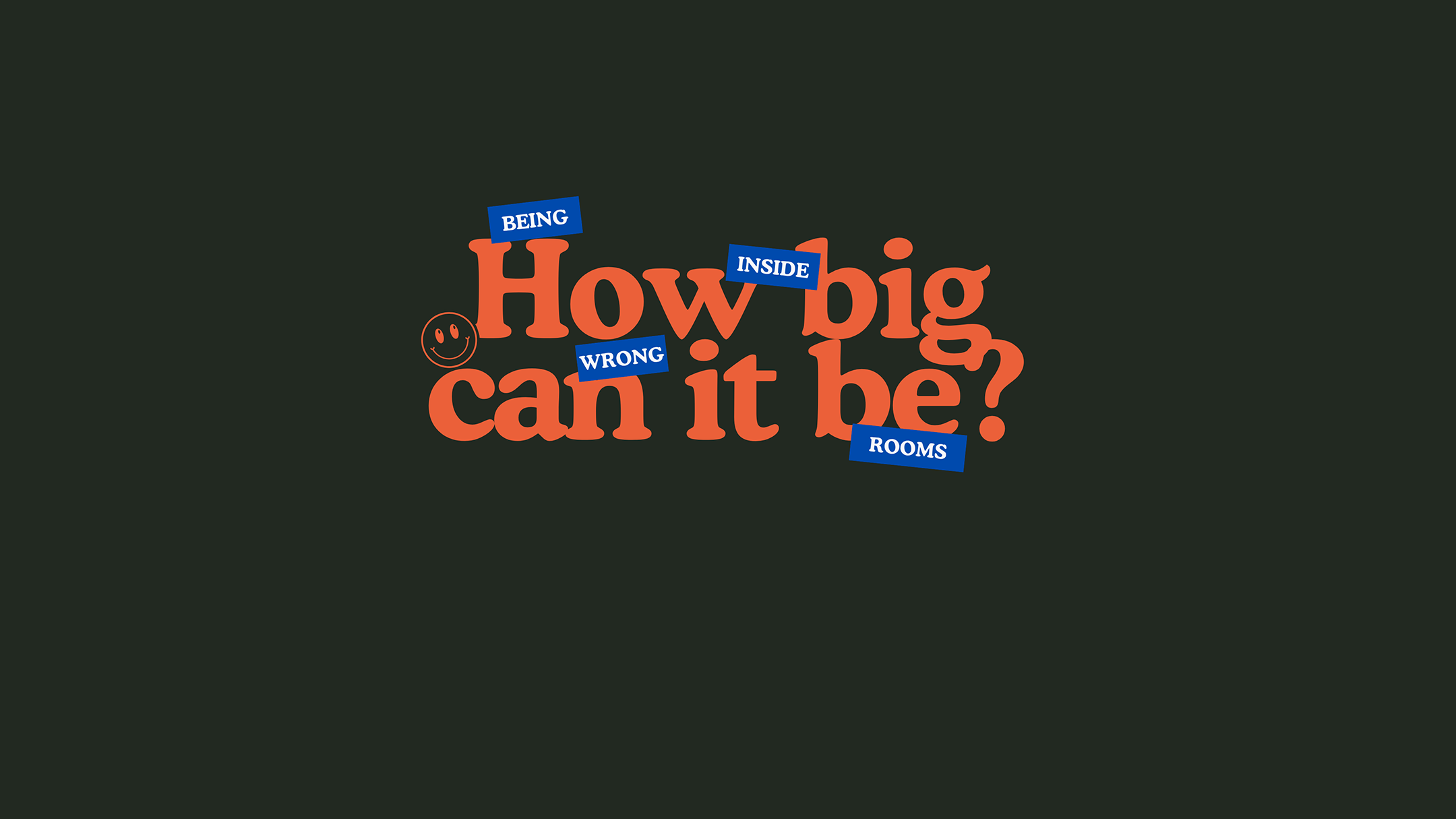Every time I step into a space I don’t “belong,” I add a little more surface area for chance encounters, fresh thinking, and unexpected learning. Most of it might not go anywhere. But sometimes one conversation unlocks a whole new path. That’s what I mean when I talk about positive optionality: by showing up in more new places, I give myself more chances to bump into the big, game-changing stuff.
At TZ APAC’s open house for their startup studio, Fortify Labs, I met the founder of Sogni, building tokenised GenAI tools for creators. It sounded at first like another AI play, but the conversation revealed something else: a shift in the very architecture of creative work. If creativity is increasingly mediated by machines, who gets credit? Who gets paid? Who controls the rights to what’s made? What Sogni is building isn’t just a productivity layer, but a rethink of creative workflow itself, turning AI into an engine that creators can actually claim as their own.
At SuiFest, the conversation scaled up. Alkimi presented a vision of advertising — still the internet’s largest business model, at $750 billion annually — rebuilt around ownership. The provocation was simple: what if advertising wasn’t measured in impressions, but in ownership? What if the value exchange could flow directly between brands, platforms, and audiences, without intermediaries siphoning off most of the upside?
For me, it also landed on a pressing truth: brands are still renting space and buying attention from legacy ad-tech platforms, without true ownership of their audience and communities. Increasingly, they want to participate, to co-own, to feel the upside of garnering attention. Even the world’s biggest systems can be redesigned, and maybe need to be.
Kevin O’Leary from Shark Tank brought the simplest filter of all: always ask how big can it be? In a week filled with noise, that question stood out. To see beyond the novelty of a space and ask if the idea in front of you has the potential to reshape an industry, not just trend for a moment.
There’s an overlap with the marketing world. Hear me out. The work of brand-building has been measured in scale — how to take an idea, a story, a product, and expand its impact. But the conditions for doing that are shifting. Platforms are splintering, consumer attention is fragmented, and the economic models that supported advertising for two decades are showing cracks.
So what can marketing leaders take from rooms like these?
- Creators as infrastructure, not just talent. The Sogni model points toward a future where creators aren’t just collaborators or paid influencers, but stakeholders in the platforms and tools they use. That changes the balance of power and the possibilities for partnerships.
- Advertising as shared value, not interruption. Alkimi’s pitch may sound futuristic, but it echoes a rising demand for reciprocity. Brands currently advertise the way they do because they *have* to. When they can own their own channels and platforms, the real connection to their audiences and communities can truly be unlocked.
- Optionality as strategy. Instead of over-optimizing for what works now, smart leaders are creating more “surface area” for future opportunities: new partnerships, experimental formats, cultural plays that may not pay off immediately but expand the horizon.
The future rarely breaks through in the rooms where everyone already knows the playbook.
I don’t want to be stewing in my own echo chamber. If the work ahead demands new models of connection and value, then stepping into the “wrong” room might just be the right move. That’s how you increase variability. That’s how you grow your surface area for serendipity. And that’s how you bump into ideas that carry the potential to reshape the way we live, work, play, and trade.
So I’ll leave you with the same question Kevin O’Leary left me: when you look at the ideas in front of you, don’t just ask what’s next. Ask how big can it be?



